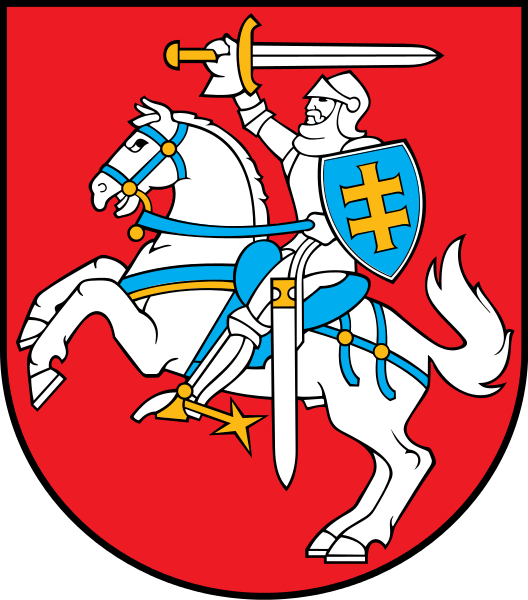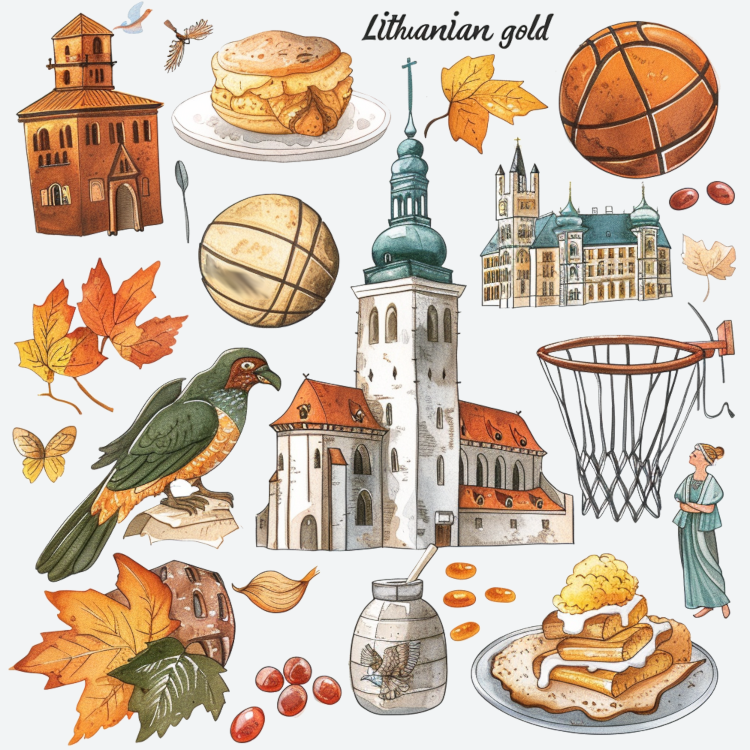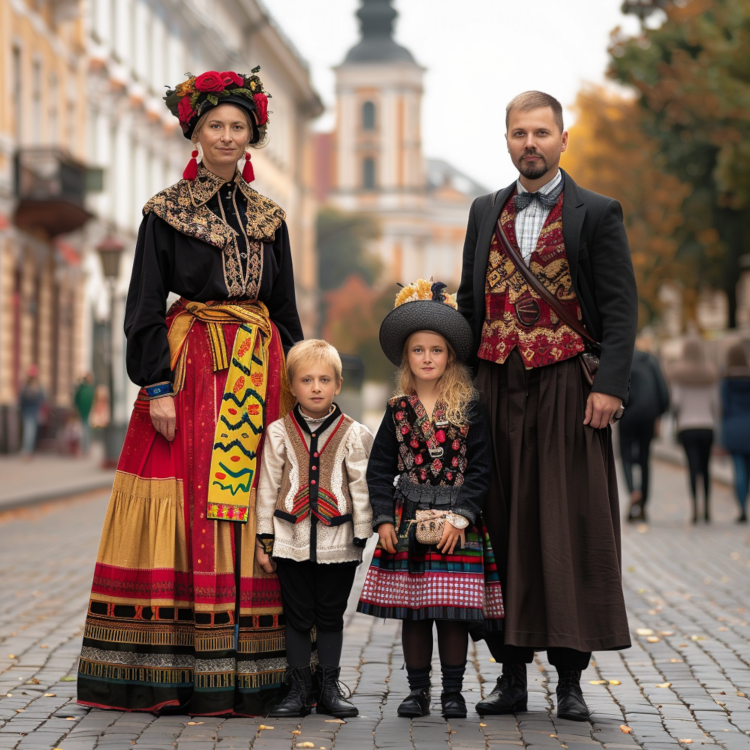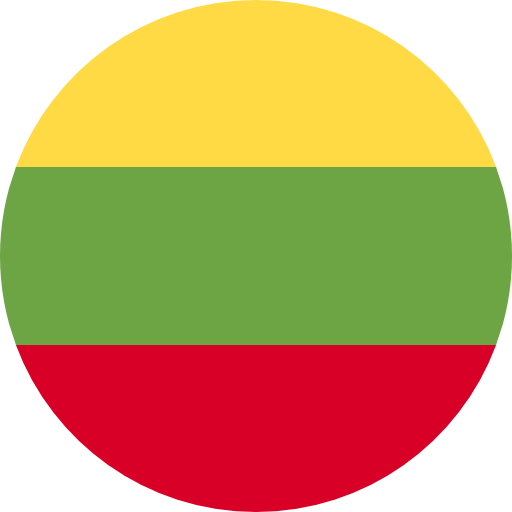About LT

Lithuania is a country in Northern Europe, situated on the eastern shore of the Baltic Sea. It is bordered by Latvia to the north, Belarus to the east and south, Poland to the south, and Russia (Kaliningrad Oblast) to the southwest. Lithuania covers an area of approximately 65,300 square kilometers and has a population of around 2.7 million people.
The official language of Lithuania is Lithuanian and the currency is the Euro. The country has a parliamentary system of government with a president as the head of state and a prime minister as the head of government.
Lithuania is known for its beautiful natural landscapes, including its forests, lakes, and coastline. The country also has a rich cultural heritage, with influences from its pagan past and its more recent history as part of the Grand Duchy of Lithuania, the Polish-Lithuanian Commonwealth, and the Soviet Union.
Lithuania is a member of the European Union, NATO, the United Nations, and other international organizations. The country has a developed economy and is known for its advanced technology and manufacturing industries.
The national anthem of Lithuania is called "Tautiška giesmė", which means "National Hymn" in Lithuanian. The lyrics were written by Vincas Kudirka in 1898, and the music was composed by him and his brother Jonas.

National Culture Objects
Vilnius Old Town
Vilnius Old Town, a UNESCO World Heritage site, is known for its beautiful architecture and historical significance. It symbolizes Lithuania's rich history and cultural heritage.
Gediminas' Tower
Gediminas' Tower, located in Vilnius, is a symbol of the city and the country. It represents Lithuania's medieval history and the legacy of the Grand Duchy of Lithuania.
Amber
Amber, often called "Lithuanian gold," is a precious stone found along the Baltic coast. It symbolizes Lithuania's natural resources and has been used in jewelry and art for centuries.
Cepelinai
Cepelinai, also known as "zeppelin," is a traditional Lithuanian dish made of potato dumplings stuffed with meat, cheese, or mushrooms. It represents Lithuania's culinary traditions.
Rūpintojėlis (Pensive Christ)
Rūpintojėlis, a traditional Lithuanian folk sculpture of Christ deep in thought, symbolizes the country's deep Christian faith and folk art heritage.
Lithuanian Folk Costume
The traditional Lithuanian folk costume, worn during cultural festivals and events, represents the country's rich textile and embroidery traditions.
Basketball
Basketball is considered the national sport of Lithuania, with the country having a strong tradition and success in international competitions. It symbolizes national pride and unity.

The anthem was first performed in public in 1905, during a political demonstration in Vilnius. It became the official national anthem of Lithuania in 1919 after the country declared independence from the Russian Empire.
The lyrics of "Tautiška giesmė" express pride and love for Lithuania and its people, and celebrate the country's history, culture, and natural beauty. The anthem also emphasizes the importance of unity and solidarity among the people of Lithuania.
The first verse of the anthem, in Lithuanian, is:
Lietuva, Tėvyne mūsų,
Tu didvyrių žeme,
Iš praeities Tavo sūnūs
Te stiprybę semia.
Translation:
Lithuania, our homeland,
You are a land of heroes,
From the past, your sons
Shall draw strength.


